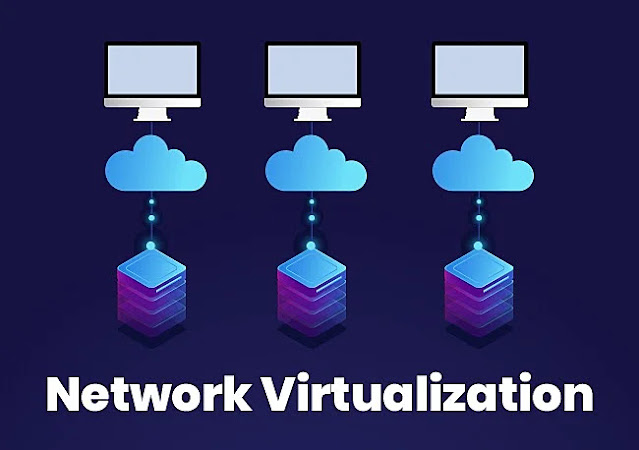Network Virtualization: Creating Logical Networks on a Physical Infrastructure
Network virtualization is a revolutionary technology that enables the creation of multiple logical networks on a single physical infrastructure. By decoupling the logical network from the physical layer, organizations can achieve greater flexibility, scalability, and efficiency. This article explores the key concepts, benefits, and challenges of network virtualization.
Understanding Network Virtualization
Network virtualization involves the creation of virtual network devices, such as routers, switches, and firewalls, that operate independently within a physical network. These virtual devices are managed by a centralized controller, which allows for dynamic configuration and management of the logical network.
Key Benefits of Network Virtualization
- Increased Flexibility: Network virtualization enables organizations to create and modify logical networks on demand, adapting to changing business needs and requirements.
- Improved Scalability: Virtual networks can be easily scaled up or down to accommodate growth or fluctuations in traffic.
- Enhanced Resource Utilization: Network virtualization can optimize the use of physical infrastructure by consolidating multiple logical networks onto a single physical platform.
- Simplified Management: Centralized management of virtual networks simplifies network administration tasks and reduces operational costs.
- Improved Resilience: Network virtualization can improve fault tolerance and resilience by isolating critical applications and services.
- Reduced Time to Market: Network virtualization can accelerate the deployment of new services and applications by eliminating the need for physical infrastructure changes.
Network Virtualization Technologies
- Software-Defined Networking (SDN): SDN decouples the control plane from the data plane, allowing for centralized management and automation of network functions.
- Network Function Virtualization (NFV): NFV involves virtualizing network functions, such as routers, firewalls, and load balancers, onto a common hardware platform.
- Overlay Networks: Overlay networks are created on top of existing physical networks and provide additional layers of abstraction and isolation.
- Container Networking: Containerization technology can be used to create isolated network environments for individual applications or services.
Challenges of Network Virtualization
- Complexity: Implementing network virtualization can be complex, requiring specialized skills and knowledge.
- Interoperability: Ensuring interoperability between different virtualization platforms and technologies can be challenging.
- Performance Overhead: Virtualization can introduce additional overhead, which may impact network performance.
- Security Concerns: Protecting virtual networks from security threats requires careful consideration and implementation of appropriate security measures.
Real-World Use Cases
Network virtualization is being used in a variety of industries and applications, including:
- Data Centers: Virtualizing data center networks can improve efficiency, scalability, and resource utilization.
- Cloud Computing: Network virtualization is essential for providing flexible and scalable cloud services.
- Software-Defined Data Centers (SDDCs): SDDCs leverage network virtualization to automate and orchestrate data center operations.
- Internet of Things (IoT): Network virtualization can help manage the massive number of devices and connections associated with IoT deployments.
- Enterprise Networks: Organizations can use network virtualization to improve network flexibility, scalability, and security.
As network virtualization continues to evolve, it is likely to play an increasingly important role in shaping the future of networking. By understanding the key concepts, benefits, and challenges of this technology, organizations can leverage network virtualization to improve their network infrastructure and achieve their business objectives.

